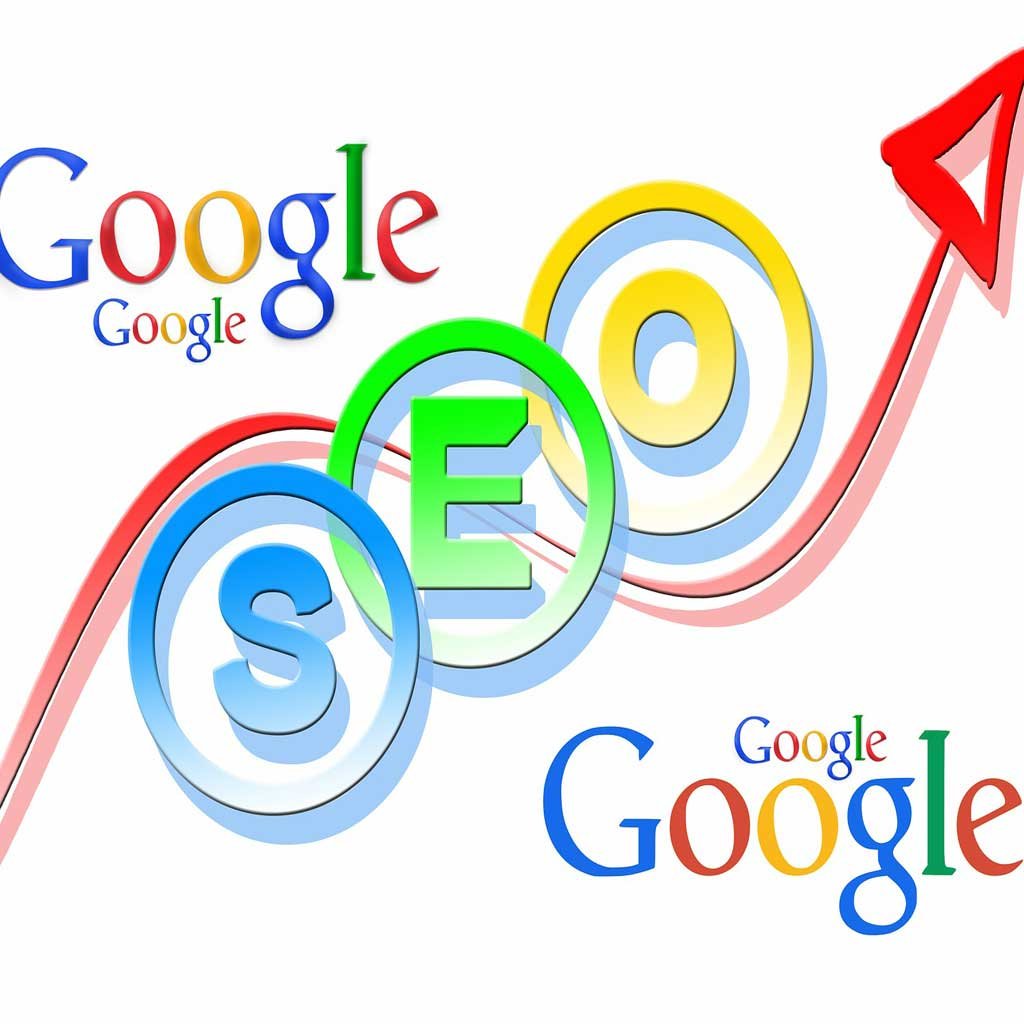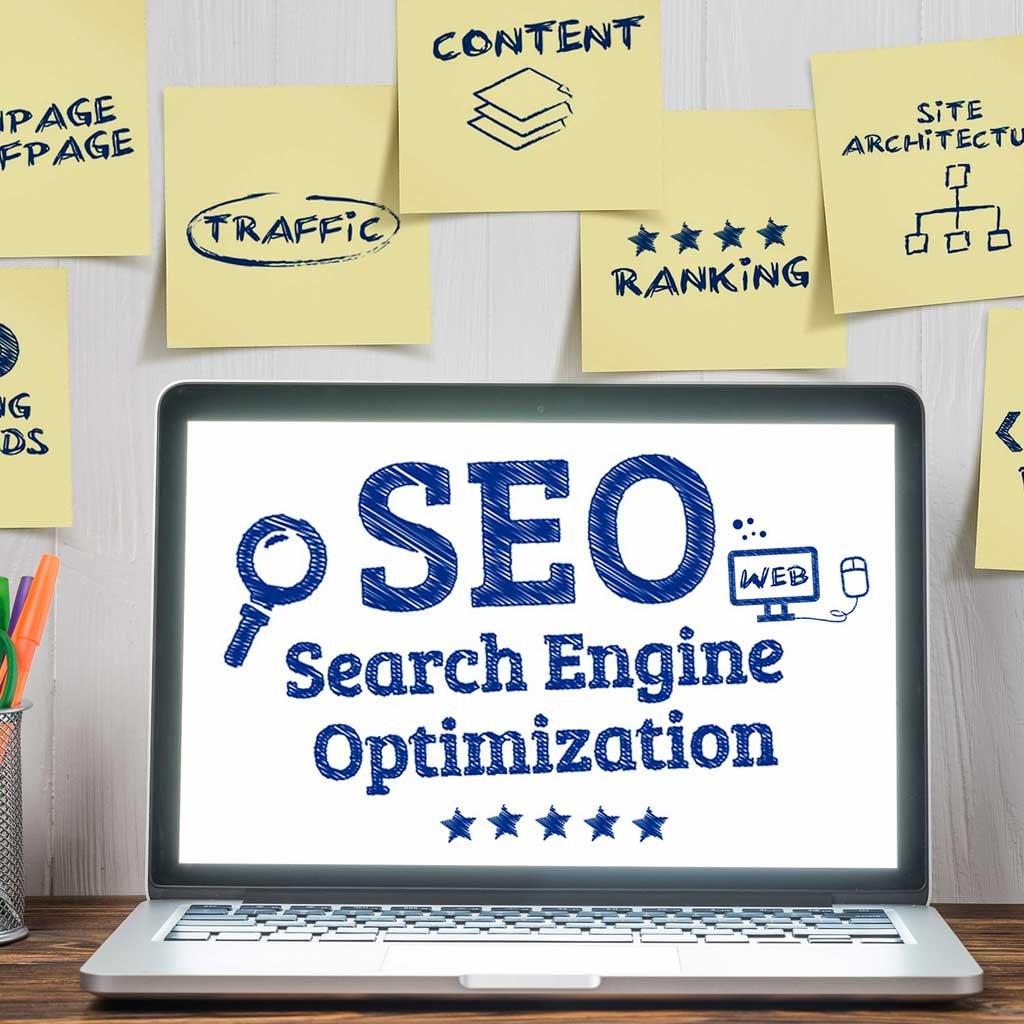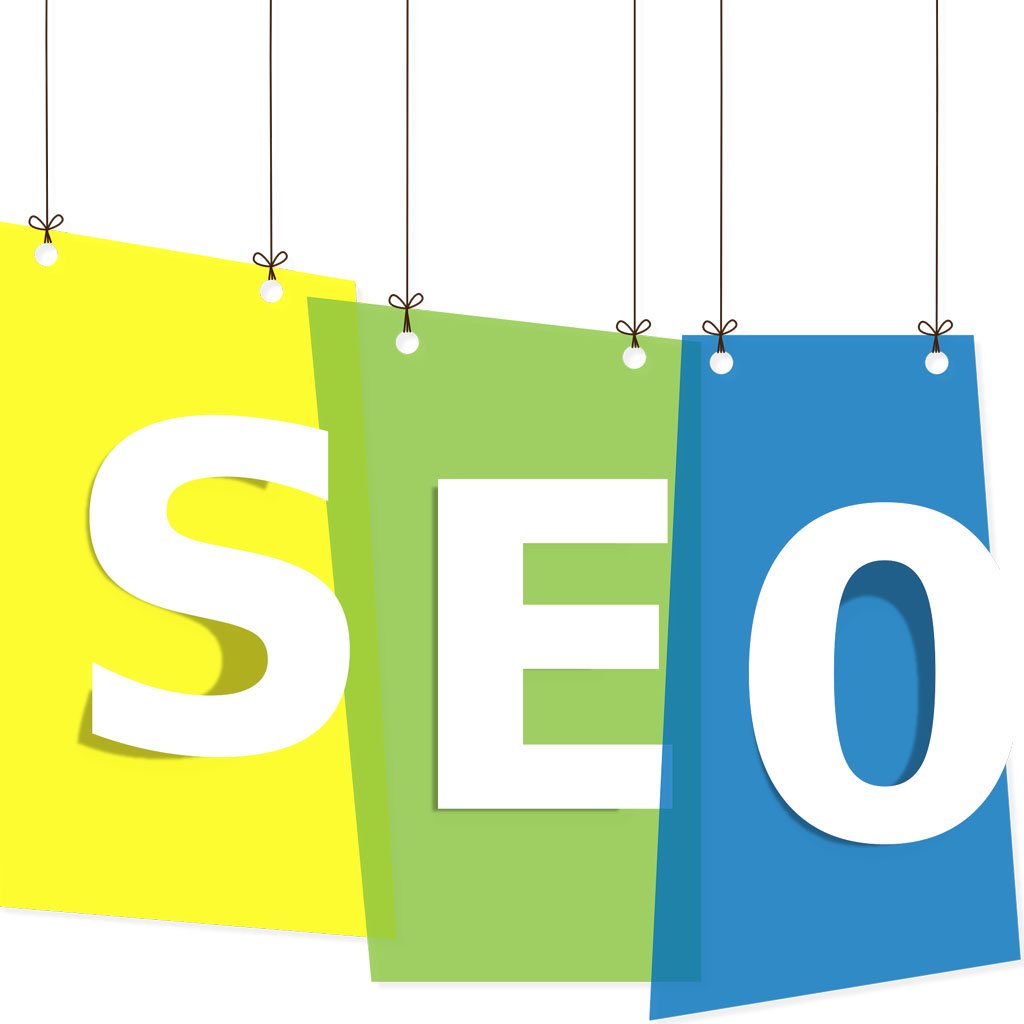Understanding Search Intent and Its Importance for SEO
June 01, 2024 | Digital Techtune

In digital marketing and search engine optimization (SEO), understanding user behavior is paramount. One of the most critical aspects of this understanding is search intent. This concept not only helps in tailoring content to meet users’ needs but also plays a pivotal role in improving website rankings and traffic. This article delves deep into what search intent is and why it holds such significance in the SEO landscape.
What is Search Intent?
Search intent, also known as user intent or query intent, refers to the reason behind a user’s search query. It’s the goal or purpose that a user has in mind when typing a query into a search engine. Understanding search intent involves deciphering what the user is looking to achieve with their search.
Search intent can broadly be categorized into four types:
- Informational Intent: Users are looking for information. They have a question or want to learn about a specific topic. Examples include “How to make pancakes,” “What is SEO,” or “History of the Roman Empire.”
- Navigational Intent: Users intend to visit a particular website or page. They already know where they want to go. Examples include “Facebook login,” “YouTube,” or “OpenAI blog.”
- Transactional Intent: Users are ready to make a purchase or engage in a specific transaction. Examples include “buy iPhone 12,” “best deals on laptops,” or “subscribe to Netflix.”
- Commercial Investigation: Users are in the research phase, looking to make a purchase soon but are still comparing options. Examples include “best smartphones 2024,” “top SEO tools,” or “Nike vs Adidas running shoes.”
The Importance of Search Intent for SEO
Understanding and optimizing for search intent is crucial for several reasons:
1. Improved User Experience
When content aligns with search intent, users find what they are looking for more quickly and easily. This alignment reduces bounce rates and increases dwell time, signaling to search engines that the content is relevant and valuable.
For example, if a user searches for “how to tie a tie,” and the search results provide step-by-step guides and video tutorials, the user is more likely to stay on the page, engage with the content, and achieve their goal.
2. Higher Search Engine Rankings
Search engines, especially Google, prioritize user satisfaction. Google’s algorithms are designed to understand the context of queries and deliver results that best match the search intent. Websites that align their content with search intent are more likely to rank higher in search engine results pages (SERPs).
For instance, Google’s Hummingbird update focused on understanding the intent behind queries rather than just matching keywords. Later updates like RankBrain and BERT further enhanced Google’s ability to interpret and deliver content that meets user intent.
3. Increased Conversion Rates
Matching content with search intent ensures that users who land on a website are more likely to convert. For transactional queries, this means providing clear product information, reviews, and easy purchase options. For informational queries, this could involve offering comprehensive guides or tutorials that establish the brand as a trustworthy source, potentially leading to future conversions.
For example, a user searching for “best hiking boots for winter” is likely close to making a purchase. A website that provides detailed comparisons, user reviews, and direct purchase links can effectively capture and convert this traffic.
4. Reduced Bounce Rate
When users find what they need on a website, they are less likely to bounce back to the search results. A high bounce rate can negatively impact a site’s SEO performance. By creating content that precisely matches search intent, websites can keep users engaged for longer periods.
Imagine a user searching for “how to fix a leaky faucet” lands on a page that provides a detailed, easy-to-follow guide complete with images and videos. This comprehensive content will likely keep the user engaged until their problem is resolved.
5. Enhanced Content Strategy
Understanding search intent helps in creating a more targeted and effective content strategy. By knowing what users are searching for and why, content creators can develop materials that directly address these needs, improving relevance and engagement.
For example, if a significant portion of a website’s audience is searching for “SEO tips for beginners,” creating a dedicated blog series or video tutorials on this topic can attract and retain users, boosting overall site traffic and authority.
How to Identify Search Intent
Identifying search intent involves several steps and tools:
1. Analyze SERPs
One of the best ways to understand search intent is by analyzing the current top-ranking pages for a given query. Look at the type of content that is ranking: Is it blog posts, product pages, videos, or something else? This analysis can provide insights into what Google believes best answers the query.
2. Keyword Research
Using tools like Google Keyword Planner, Ahrefs, or SEMrush, you can uncover the intent behind various keywords. These tools often categorize keywords into informational, navigational, and transactional, helping you align your content strategy accordingly.
3. Study User Behavior
Analyzing user behavior on your site can provide clues about intent. Metrics like time on page, pages per session, and exit rates can indicate how well your content matches user intent. High engagement and low bounce rates typically signify that your content aligns well with what users are looking for.
4. Use Google’s Features
Google’s autocomplete, related searches, and “People also ask” sections offer valuable insights into user intent. These features highlight common queries and subtopics related to a primary search, helping you understand what users are interested in.
Optimizing for Different Types of Search Intent
To effectively optimize for search intent, content must be tailored to meet the specific needs of each type of intent. Here’s how to do it:
1. Informational Intent
Content for informational intent should be educational, comprehensive, and easy to understand. Use formats like how-to guides, tutorials, and informational articles. Incorporate visuals like images, infographics, and videos to enhance understanding.
For example, a search for “how to plant a garden” could be answered with a detailed guide covering everything from soil preparation to planting tips and seasonal advice.
2. Navigational Intent
For navigational queries, ensure that users can quickly find the desired page. This often involves optimizing your homepage or specific landing pages. Use clear and concise navigation menus, and ensure your site’s search functionality is efficient.
For instance, if users search for “Amazon Prime login,” they should be directed to the login page with minimal clicks.
3. Transactional Intent
Transactional intent requires a focus on conversion optimization. Product pages should be clear, with detailed descriptions, high-quality images, user reviews, and prominent call-to-action buttons. Simplify the checkout process to minimize friction.
For example, a search for “buy Samsung Galaxy S21” should lead to a product page with all relevant details, pricing, availability, and a straightforward purchase option.
4. Commercial Investigation
For users in the research phase, provide in-depth comparisons, reviews, and expert opinions. Content should help users make informed decisions by highlighting the pros and cons of different options.
A query like “best DSLR cameras 2024” would benefit from a comprehensive article comparing various models, discussing features, pricing, and user reviews.
Tools and Techniques for Optimizing Search Intent
Several tools and techniques can help optimize content for search intent:
1. Content Analysis Tools
Tools like Clearscope, MarketMuse, and Surfer SEO analyze top-ranking content for specific queries, offering insights into the type of content, keywords, and structure that perform well.
2. User Feedback
Collecting feedback through surveys, comments, and direct interactions can provide firsthand insights into user needs and preferences. This feedback helps refine content to better match search intent.
3. A/B Testing
Experimenting with different content formats, layouts, and elements can help determine what resonates best with users. A/B testing allows you to compare performance and optimize based on data-driven decisions.
4. Continuous Monitoring and Adaptation
SEO is an ongoing process. Regularly monitor performance metrics and adjust your content strategy based on what works and what doesn’t. Tools like Google Analytics and Search Console are invaluable for tracking user behavior and site performance.
Conclusion
Search intent is a cornerstone of effective SEO. By understanding and optimizing for the different types of search intent, websites can improve user experience, enhance engagement, increase conversion rates, and achieve higher rankings in search engine results. This focus on meeting user needs not only aligns with search engine algorithms but also builds trust and authority with your audience, leading to long-term success in the digital landscape.
Ultimately, the goal of SEO is not just to attract visitors but to provide them with the most relevant, useful, and engaging content. By prioritizing search intent, businesses can create a more user-centric approach, fostering stronger relationships with their audience and driving sustainable growth.

